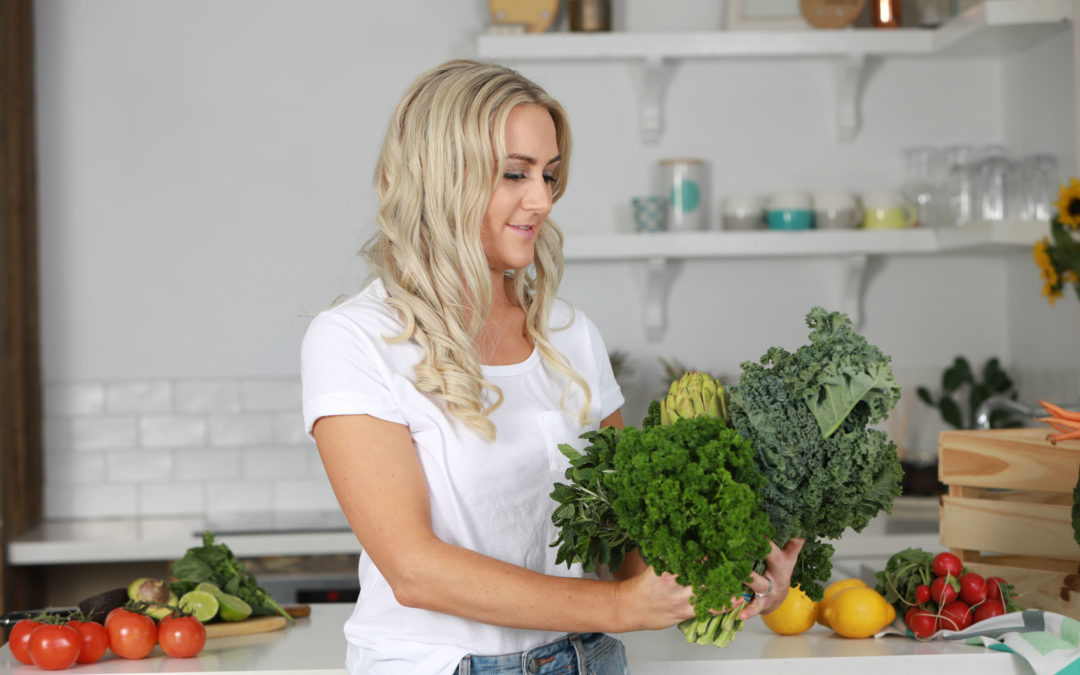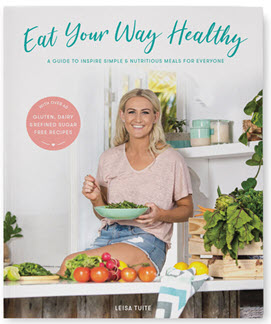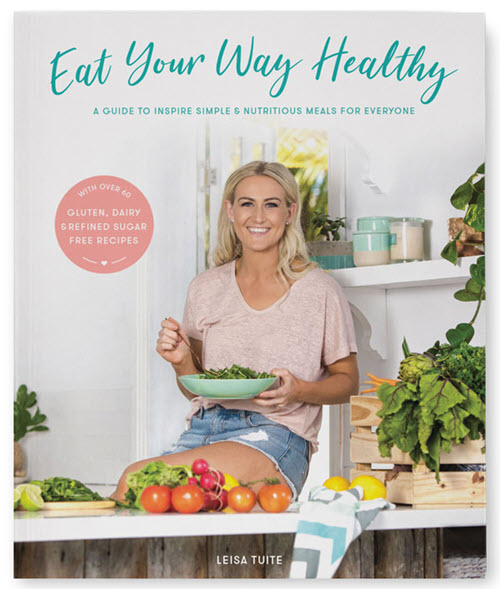Steamed, boiled, roasted, sautéed or raw vegetables? How do you cook your vegetables and are you benefiting?
The more natural, fresh and in their raw form is my number one recommendation over frozen vegetables. How we cook these fresh vegetables can impact the vitamins and minerals lost and the ones that remain and increase. These different cooking methods and temperatures impacts the nutritional benefit it brings to your body, so it is great to have an understanding of these.
Let’s start with the different types of cooking methods. One being boiling, unfortunately boiling your vegetables involves submerging them in water at a high temperature which increases the loss of vitamins and minerals up to 20 percent. There is some loss into the water that tends to get poured down the sink! Boiling is one of the cooking methods with the most vitamin and mineral loss. However, it is also the best method for reducing the goitrogen content of cruciferous vegetables (goitrogen foods are to be avoided in underactive thyroid). Boiling can destroy antioxidant levels in certain vegetables, but also improve in others such as Vitamin A better than frying.
Steaming your vegetables is a great way to cook them until they are JUST soft and remove them from the stove. If they are steamed until they are mushy, this will destroy a lot more of your vitamins (hey, we have all been there!!). Yes, some nutrients still go into the water after even steaming, but no where near as many as if you were boiling. You can always drink the water, it’s yum!
Roasted vegetables are so tasty and we tend to add fat to them along with salt. Don’t be afraid to use just a little olive oil or coconut oil, as our body requires fat for our fat soluble nutrients such as Vitamin A,E,D and K. When you think of the vegetables you would normally roast, these generally include your higher starch vegetables such as pumpkin, sweet potato, white potato and carrots. This is ok, but best to monitor in conditions such as Type 2 diabetes and cardiovascular disease.
Raw vegetables are another great way to get your nutrients and tend to take longer to eat, also filling up the belly because they aren’t cooked and partially digested. Raw vegetables take a lot longer to breakdown in the digestive tract compared to cooking them, as it starts the breakdown process (if you have absorption problems, best to eat a lot more cooked vegetables). In cooking, Vitamin C gets destroyed quite quickly, whereas eating raw salads and vegetables helps retain its naturally occurring Vitamin C content such as capsicum and spinach leaves.
Sautéed or fried vegetables are common in curries, omelettes and stir fries. The plus side is it is an excellent way to get some fats into your vegetables, making the fat soluble vitamins more absorbable. Keep in mind we are talking about healthy mono unsaturated fats, not harmful oils used for deep frying!. Certain foods such as tomatoes when slightly cooked activates the nutrient Lycopene. Another fun health tip is it is good to add your garlic to your meals right at the end rather than at the start as it loses its therapeutic activity through heat.
In conclusion, all cooking method’s reduce the nutritional value of the food slightly and some more than others. I would incorporate a variety of different cooking methods into your lifestyle so you can get the most benefit from your vegetables, whether they be water soluble or fat soluble vitamins and minerals. Don’t only focus on one particular way of eating your vegetables, mix it up and ensure a nice balance between starch (potato, pumpkin, corn, peas, sweet potato, carrot) and non start (spinach leaves, green leafy vegetables, green beans, snow peas, asparagus, capsicum. The higher the starch content, the higher impact on blood sugar levels in the body.





